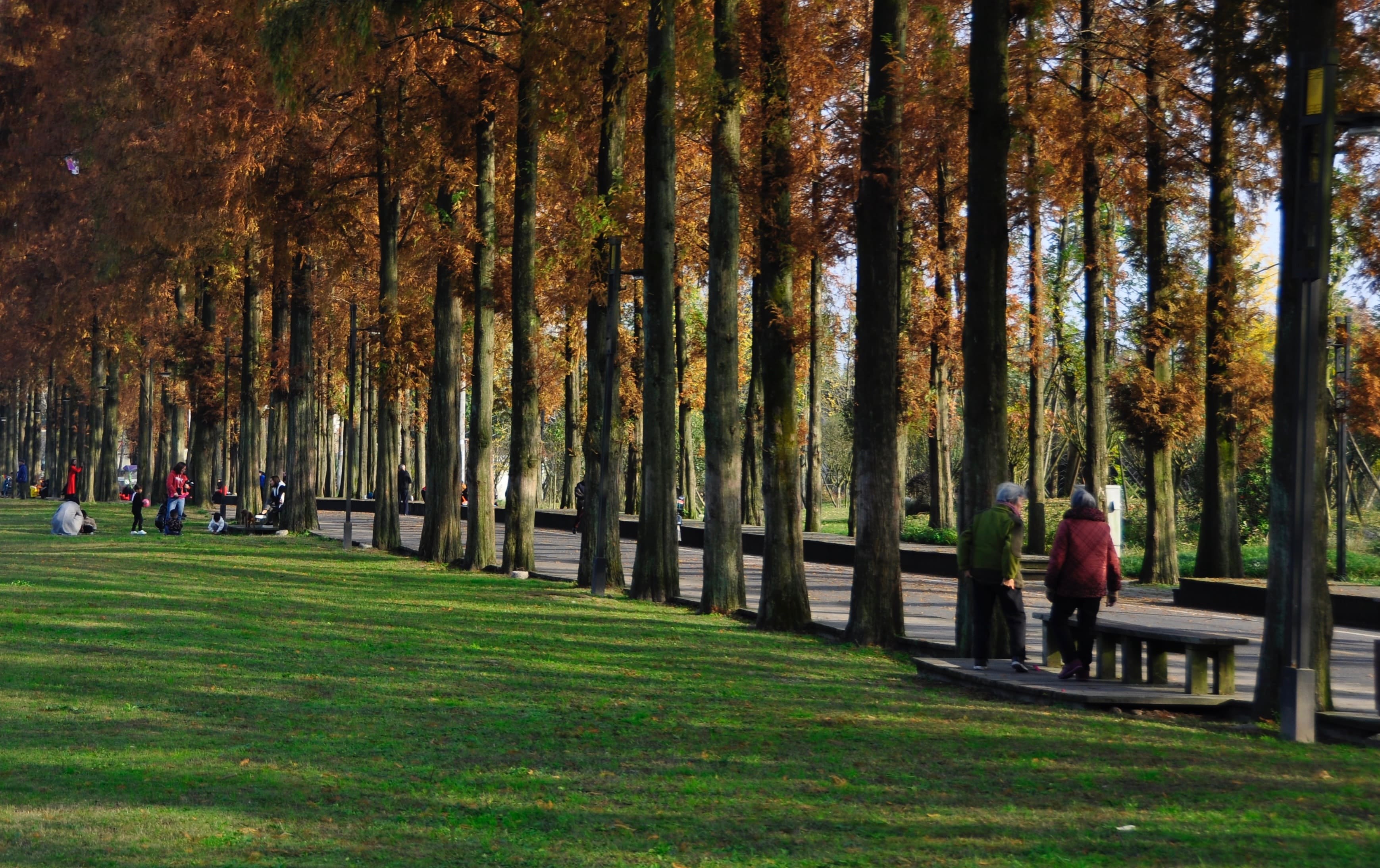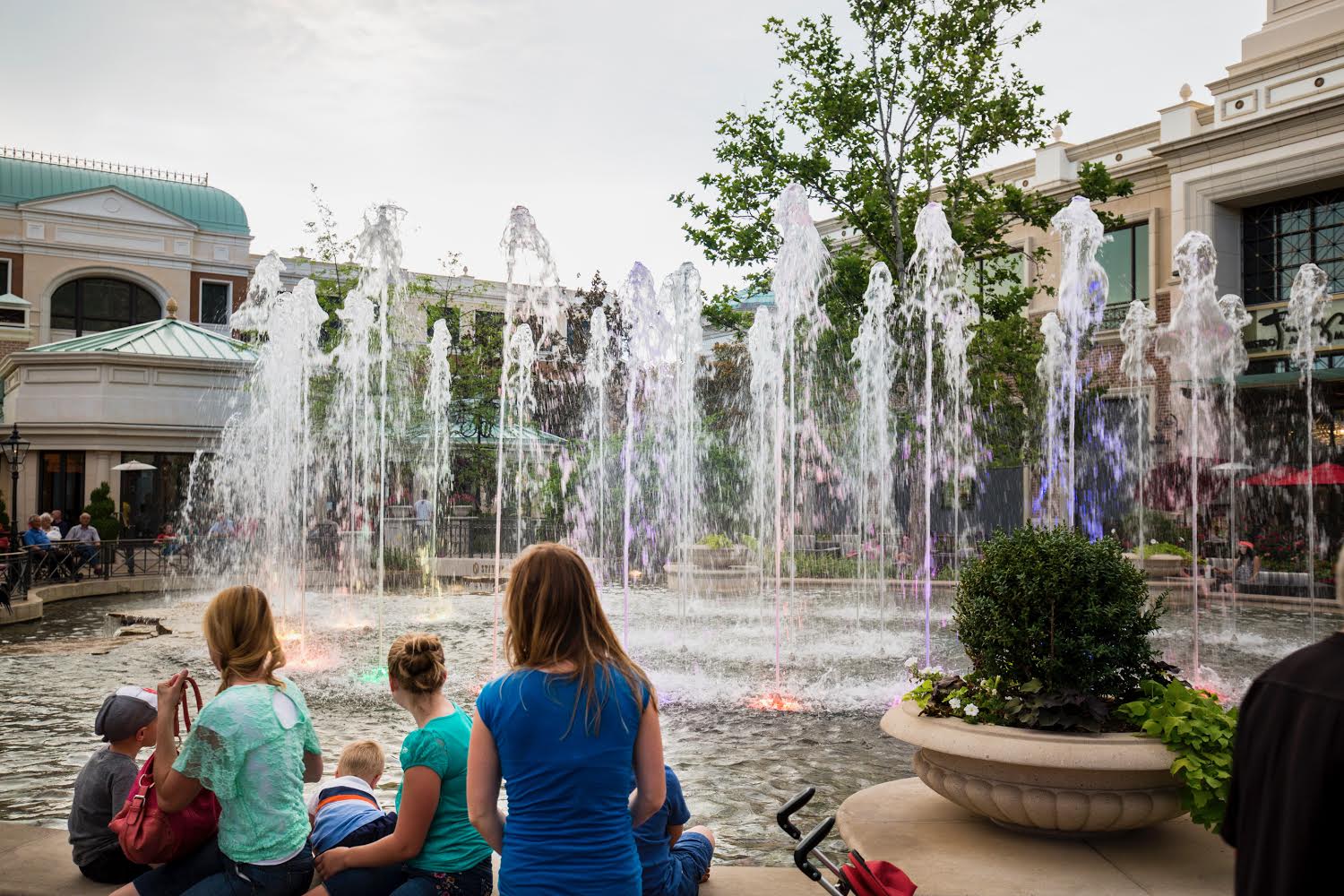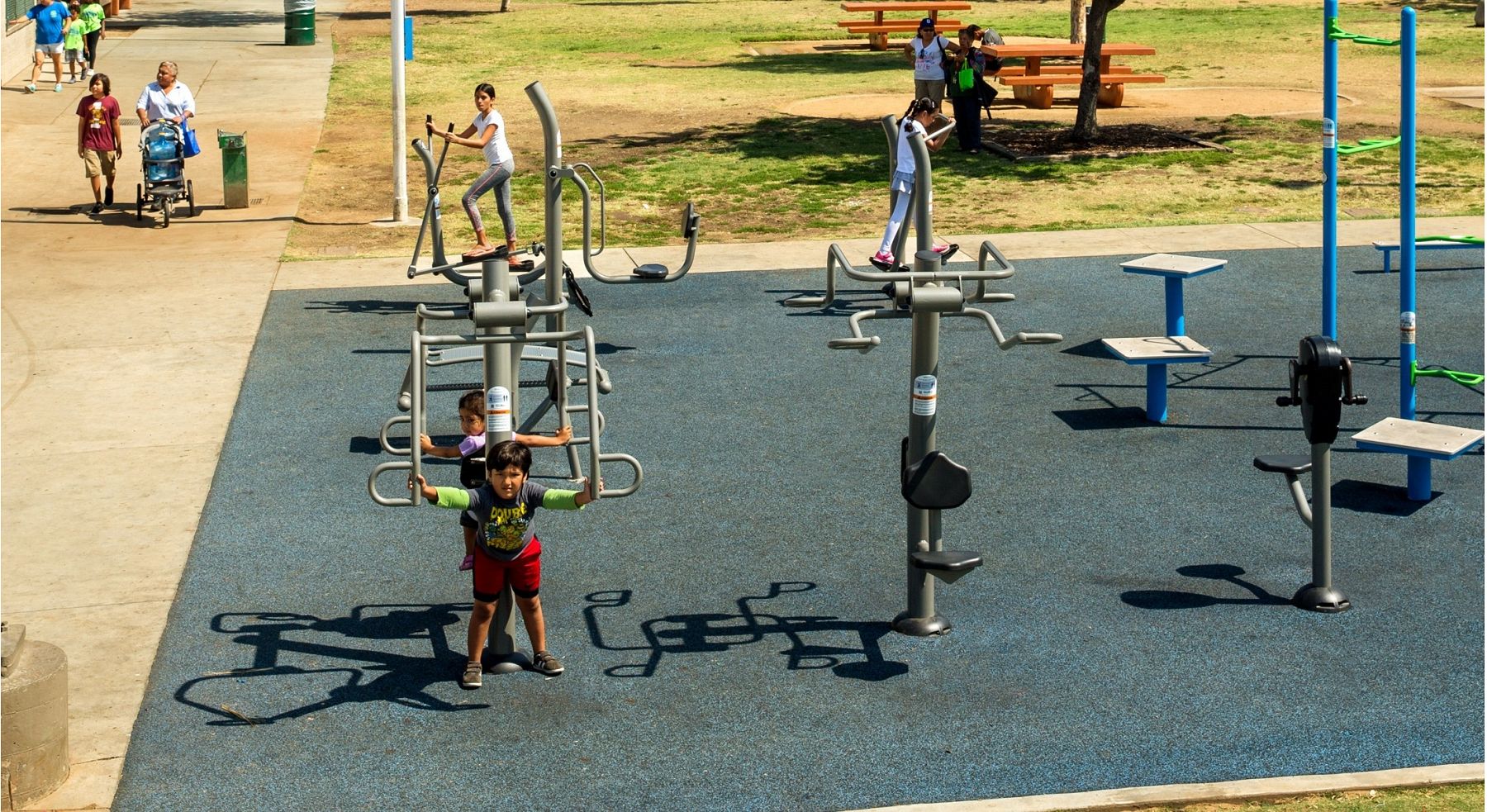Variety is the spice of life. When it comes to urban park design, this sentiment rings true. Over the years, urban parks have evolved to be more than just a place for children to play on equipment. They’ve truly become a community space where people gather for recreation, exercise and socialization. As a result of this community-centric shift, many trends have emerged in urban park design.
Environmental Focus
As cities continue to grow and expand their footprint, urban park design has become more environmentally friendly. One key focus has been the preservation and restoration of natural woodlands and habitats. By incorporating natural green spaces such as prairies or fields in their design, parks can play a critical role in the health of local ecosystems. This green space also aids in offsetting sewer run off problems that are prevalent in many cities. By limiting the amount of asphalt and designing more permeable surfaces into parks, designers can create natural remedies for overworked sewer systems. The addition of green roofs atop park buildings or structures is yet another way urban parks are prioritizing the environment. Roof gardens soften the appearance of rooflines and provide a unique environment where local insects and plants can thrive while also improving the air quality for park visitors.

Focal Point
It’s common to see urban parks designed around an object or structure. While it might be geographically in the center of the park, these focal points often serve as a visual point of reference for visitors. Large prominent structures can be seen in urban parks and used as a place for people to convene. Public water fountains are one feature that some park designers use to differentiate a space. The fountains can be built around playful concrete structures, designed with paver surfaces or enhanced with amphitheater-style steps along the water’s edge. Public art is another striking focal point that is trending in urban park design. As parks continue to be community destinations, the addition of public art that reinforces a community’s heritage and values has become more prevalent. Some parks choose to commission a local artist to create a unique piece of art while others relocate an existing piece to the space. Custom metal playgrounds feature unique structures that are both functional and artistic, creating a visually striking play space that engages children and adults alike.

Community Programming
Perhaps most notable is the expansive programming that exists in urban parks. Undoubtedly, parks are multi-generational community spaces, and their programming has evolved to meet a wide range of interests. The incorporation of exercise equipment as a programming option is a popular trend. Outdoor fitness equipment that is ergonomic and accessible can be integrated around trails, paths or in open fields in a park. The addition of water features like fountains and splash pads adds a playful element for park visitors. Fountains are an ideal spot for people to socialize or enjoy some quiet time, and splash pads offer a family friendly activity that can be enjoyed by people of all ages and abilities. And let’s not forget the four-legged friends that are an integral part of communities everywhere! Dog parks are becoming a popular amenity in urban park design. Because real estate is limited in cities, urban parks offer an ideal spot for people to let their pets run and have fun off-leash.

Urban parks will continue to evolve to meet the ever-changing needs of cities. Park designers should take note of the emerging trends and leverage them to create one-of-a-kind spaces that are memorable and keep people coming back time and time again.
CR Studio Design has offices in cities across the United States, and we’ve helped many customers create urban parks that are meaningful to their communities. Contact us to learn how our team can help with your next project.
